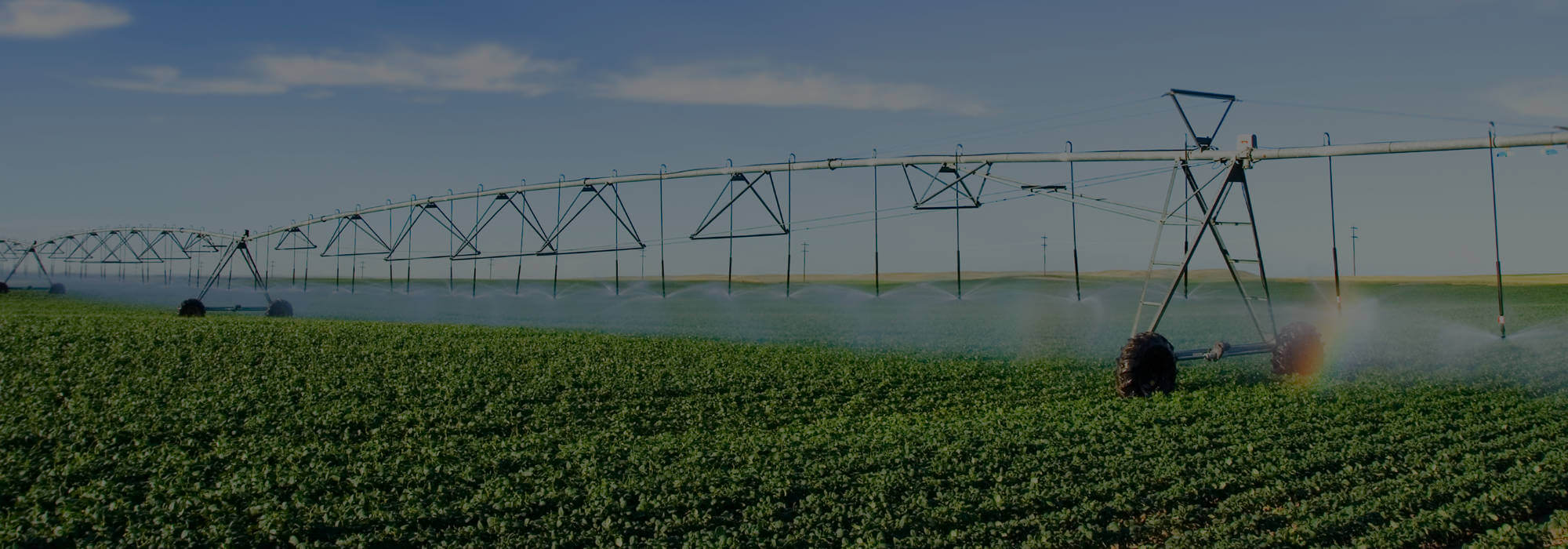30 Jun Darvin Fales and Columbia Basin Hydropower
Columbia Basin Hydropower provides administration, operations, and maintenance for hydroelectric facilities owned by the three Columbia Basin Irrigation Districts (East, South, and Quincy). The power they produce benefits the local economy and the farmers of the Columbia Basin.
Darvin Fales has been involved with the Columbia Basin Project for 34-and-a-half years. He started as an engineer at South District, then became manager at Quincy, and he is the manager at Columbia Basin Hydropower. When he first arrived, last year, CB Hydropower focused on operations and maintenance. Existing plants were part of the main focus as well and this made for a hectic winter maintenance schedule. Some of the most expensive modernizations occurred during the past winter at three of the five plants. Development of new sites are also Darvin’s responsibility. These include small plants and one large plant: Banks Lake Storage Project.
Q. How does the work of Columbia Basin Hydropower benefit CBP irrigation districts and
landowners?
A. The revenue generated by Columbia Basin Hydropower benefits landowners by
supplementing irrigation district revenue and keeping costs down for landowners.
Q. What are the priorities of the new manager at CB Hydropower, both in the short- and long-terms?
A. One thing Darvin believes is really important and needs to be emphasized as priority No.
1 is, always get the water to the farm. In his view, CB Hydropower must operate its generation plants as
efficiently as it can, without interrupting the supply or flow of water to the farm.
Another priority of whose success Darvin is proud in light of COVID-19, involves enacting
measures to keep employees safe. This includes working from home and allowing only one
person out per shift or in a vehicle. CB Hydropower has tried to keep up with sanitary and safety
regulations. This region needs electricity so it’s important that CB Hydropower personnel stay at work and
keep the generators running.
Other short-term goals include small hydro plant development that is cost-effective and low
maintenance. Long-term: There are lots of moving parts that people aren’t always aware
of. Besides the day-to-day work, operations, and power generations, they are looking at
renegotiating the power purchase contracts.
These are 40-year contracts that start from the date of commercial production of electricity. Smith Plant started in 1982 and it expires in 2022, for example. Currently they have great contracts, and they hope to continue good relationships with their partners including. Seattle, Tacoma, and Grant PUD.
Q. What is the North Dam Project?
A. Dry Falls Dam, a big earthen dam sits at the south end of Banks Lake. At the north end of the lake, sits a small dam called North Dam. The concept for this project started around 2010, and a license was put in with the Federal Energy Regulatory Commission. Over time, the North Dam Project was renamed The Banks Lake Pump Storage Project. The concept includes a couple of large tunnels bored from Banks Lake down to Lake Roosevelt, just upstream of the Keyes Plant at Grand Coulee Dam. Water gets pumped into Banks Lake during off-peak energy demand times such as after 10 p.m. The pumps get turned on until morning and the electricity demand comes back. Then, stored “energy” sits in Banks Lake until it is needed and the water is run back downhill to Lake Roosevelt, generating between 300-1000 MW of power and energy during the peak times when demand is high.
Q. What is the status of the Banks Lake Pump Storage Project?
A. Columbia Basin Hydropower has been actively pursuing this project for about seven to eight years. They are working on a lease from the Bureau of Reclamation and one license from FERC from the Bureau of Reclamation and licenses from FERC to allow for construction.
The preliminary lease is on track to be issued in January of 2021. An engineering firm has been hired and has done the technical work. This firm is working on the preliminary designs of penstocks, generators, transmission lines, and civil structures. It’s a $1.4 billion pump storage project and Columbia Basin Hydropower is six years out from completion if all goes well.
Funding for the project will determine its outcome. The other part of the project involves securing power purchasers for the power generated.
